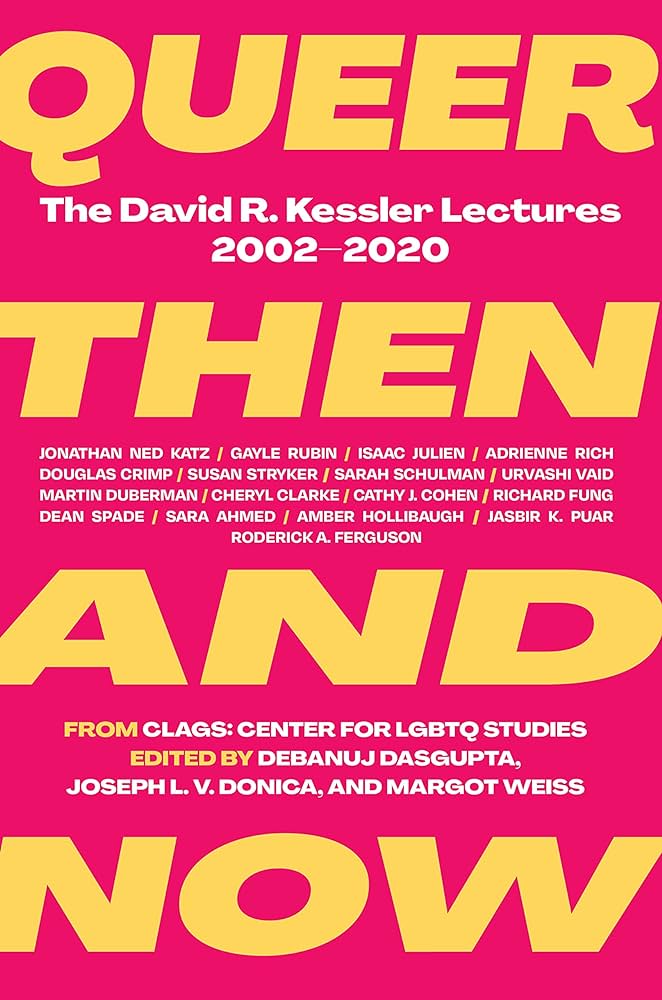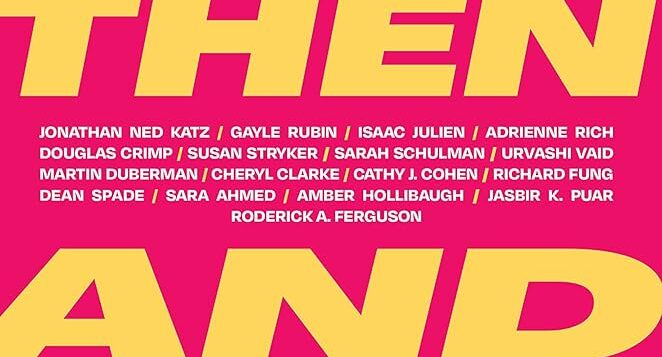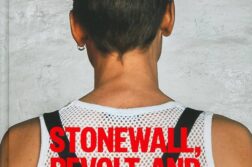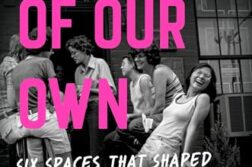 QUEER THEN AND NOW
QUEER THEN AND NOW
The David R. Kessler Lectures 2002-2020
Edited by Debanuj Dasgupta, Joseph L. V. Donica, and Margot Weiss
Feminist Press. 391 pages, $28.95
THIS LATEST COMPILATION from the Center for Lesbian and Gay Studies (clags), one of the LGBTQ community’s most august academic bodies, presents seventeen lectures by the organization’s annual recipients of the David R. Kessler Award, a prestigious honor bestowed on a person whose work has significantly contributed to the field of LGBT studies. Authors’ contemporary reflections on their original speeches combine retrospection with observations from our own times. This exciting feature enhances the timeliness of the book. A sense of ongoing conversation is fostered also by two roundtables conducted in Spring 2021, in which several Kessler awardees discuss the histories and current thinking on topics of queer and trans activism and scholarship.







